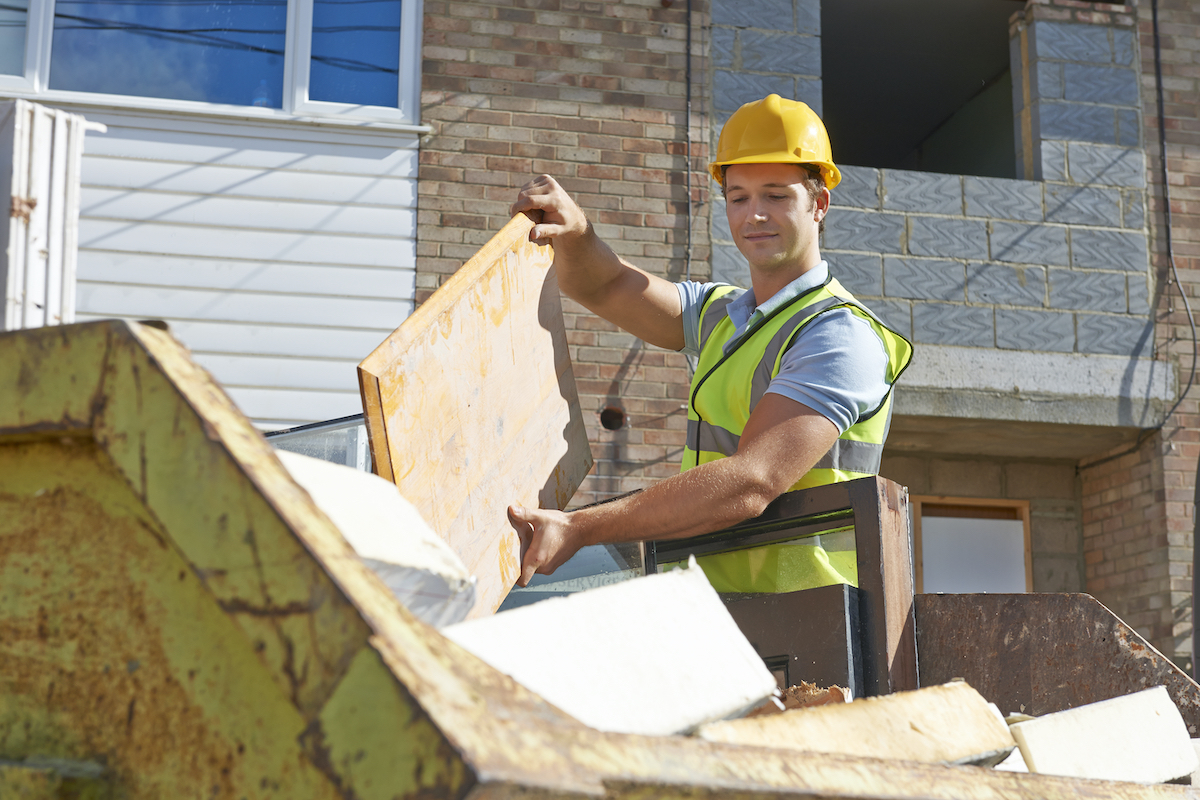PAS 2080: 2023 defines end of life of a building as a stage which begins when the asset has reached the end of its design life and is ready for refurbishment, retrofit, disposal or dismantling and ends when the asset is recycled, reused, recovered or returned to nature (combustion, deterioration).
This however does not necessarily imply that all the construction products/components used in the building have also reached the end of their life. This is particularly the case when a building is demolished when it could still have many years of serviceable life.
Sorting construction products at the end of life, or when a building is demolished, is complicated because each product has unique characteristics meaning the recycling requirements will be different for each element or product. Other factors athat may influence the ability to reuse or recycle include contamination (from other products), the size and volume of products and the lack of facilities for the recycling or disposal of some materials.
So, what is the PIR industry doing in order to drive change in the way that waste is dealt with?

